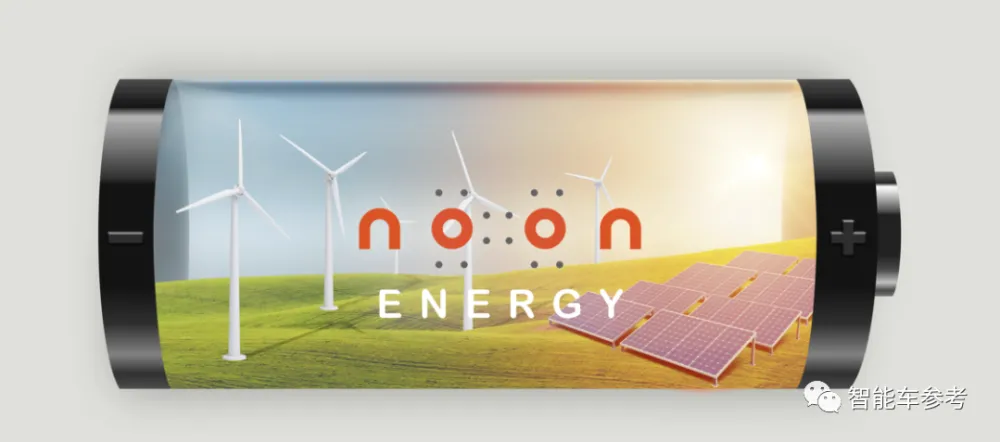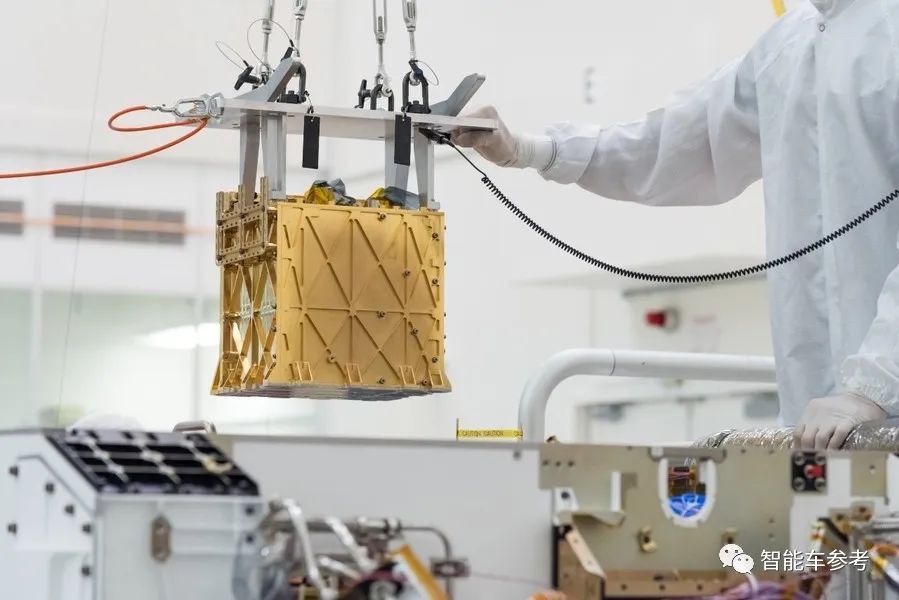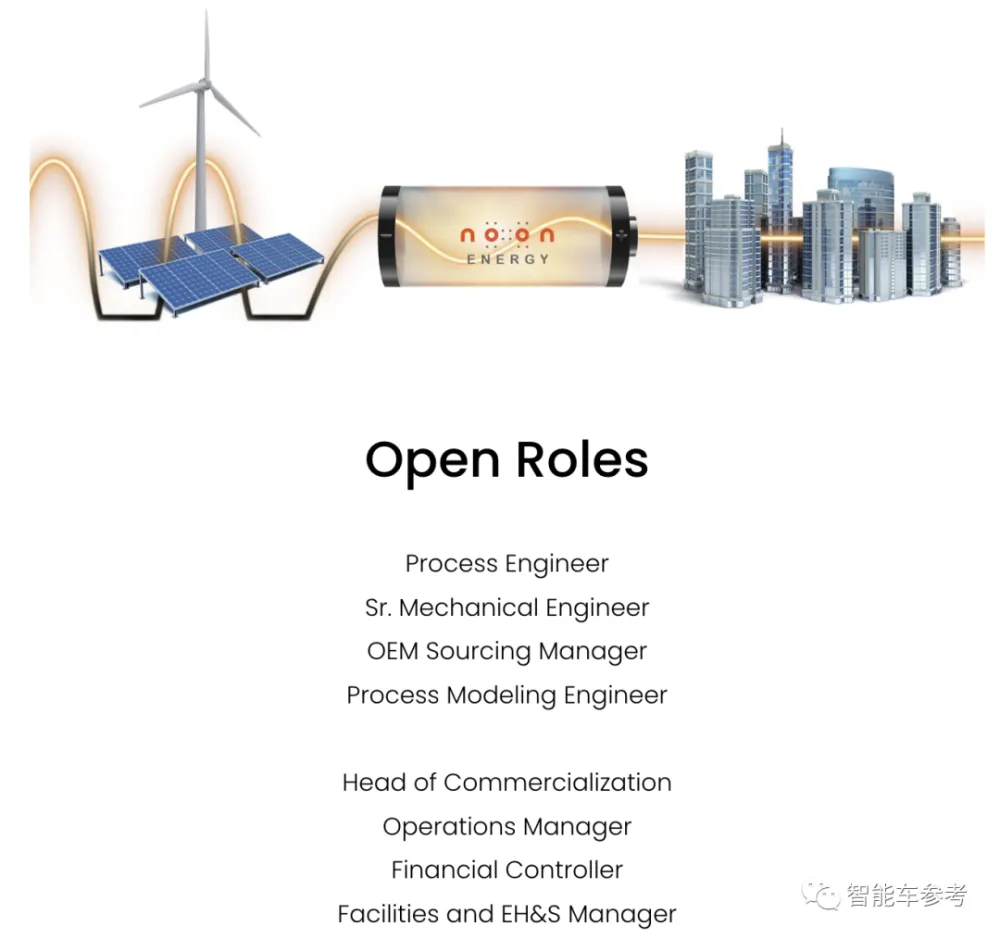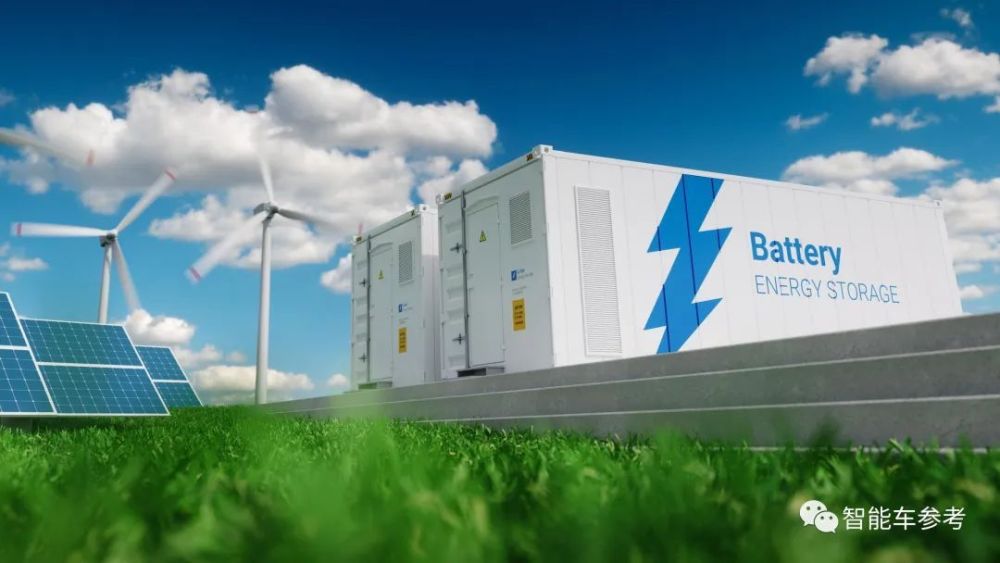
Have you ever heard of a battery that you can build with carbon and oxygen?
This battery does not need lithium, cobalt and other metals, the battery essential metal element content is reduced to 1%.
And these batteries can store energy for more than 100 hours, but at one-tenth the cost of comparable lithium-ion batteries.
The head of the investment company said, "This is a long-term energy storage with huge potential. In the future we will only need solar and wind energy to power individual homes, or even the entire grid."
And this technology, originating from NASA's Mars rover ......
What kind of battery is it exactly? Will this battery really change the way energy will be supplied in the future?

Low cost, high energy density
This new carbon-oxygen battery is an energy storage battery with long-term energy storage, ultra-low cost, high energy density, and high round-trip efficiency.
In simple terms, the technical principle of the carbon and oxygen battery is that, in the presence of electricity, carbon dioxide breaks down into solid carbon and oxygen, a heat-absorbing chemical reaction that stores energy.
During the discharge, carbon dioxide is produced by oxidizing solid carbon and the chemical reaction is exothermic, i.e., energy is released.
This is not the junior high school chemistry, charcoal in the oxygen combustion, carbon and oxygen in the ignition conditions to produce carbon dioxide well!
Only the battery reaction is much milder and uses other techniques to make the process reversible.
It's no wonder that the research team describes our battery as "based on natural chemistry."
When in use, this carbon-oxygen battery can provide more than 100 hours of energy storage, while the battery cost is one-tenth that of a lithium storage battery because the active ingredients, such as carbon, are very cheap.
Moreover, the energy density of such batteries is three times that of lithium storage batteries, which makes it possible to reduce the size of the batteries.
General storage batteries, or storage accumulators, are primarily used to store electrical energy generated by solar or wind power generators.
Now the mainstream energy storage batteries are lithium-ion batteries, Ningde Times, Yiwei lithium-ion energy storage lithium battery products, can be used for electric power storage, household energy storage, as well as the manufacture of portable energy storage batteries and so on.
And the lithium-ion storage batteries used in today's power grids are either expensive or have short durations.
This battery technology does solve both problems.

Carbon Oxygen Batteries Originate on Mars
The head of this team is Chris Graves, a scientist who jumped ship from NASA.
Graves was originally involved in the Mars Oxygen In-Situ Resource Utilization Experiment (MOXIE) at NASA aboard Perseverance, where he helped develop the MOXIE device to produce oxygen from carbon dioxide in the Martian atmosphere.
Graves was also inspired by the experiment. He believes that clean energy can be stored very cheaply using the same solid oxide electrolysis method.
As a result, Graves founded Noon Energy in 2018 to research such batteries.
The company recently secured $28 million (Rs. 190 million) in Series A funding led by Saudi Aramco Ventures and Clean Energy Ventures.
The funding will be used to facilitate the commercialization of the battery technology, and the company has previously secured a seed round of $3 million (roughly Rs. 20.36 million).
The company's research team currently consists of 10 people. graves says it wants to expand, and job openings have been posted on the company's website.
According to the plan, Graves' team will bring the battery to market within two years.
If carbon and oxygen batteries can be marketed, then wind and solar power plants will replace existing fossil fuel and natural gas power plants, and humans can use cleaner, renewable energy on a large scale.
That sounds like it's perfect?

Theoretically possible, but there are competitors
First, this battery technology is theoretically feasible.
In 2021, a team of researchers has published a paper in a Nature subseries that evaluates long-duration energy storage technologies (LDES).
The paper concludes that the biggest influencing factors for long-duration energy storage technologies are energy storage costs and emissions efficiency.
A long-term energy storage technology must be able to store large amounts of energy very cheaply and for at least 100 hours before it can replace existing clean energy technologies.
Graves' team has just the right technology to fulfill the conditions of cheapness and longevity.
But there are problems.
As of now, the Graves team has not made public more detailed parameters of the carbon oxygen battery, nor a product that can be demonstrated, nor a public field test.
It can be said that the current carbon dioxide battery is still a "laboratory product".
Meanwhile, the product already has a competitor: iron-air batteries that also run for more than 100 hours.
This battery comes from Form Energy, with the former head of Tesla's battery development as the company's CEO, and a professor from MIT as a founder.
And the company, which has raised $650 million (roughly Rs. 4.4 billion) in funding, has an installation contract with the second-largest battery company in Minnesota, is building a production plant, and expects to ship next year.
Form Energy is clearly moving a little faster.
As for whether carbon dioxide batteries can meet the market demand for long-duration energy storage, Graves said it depends on where they are deployed.
And where Graves sees the best fit for carbon oxygen batteries is Hawaii, the nation's leader in rooftop solar penetration.

(Article source: electrek.co)
[Zhongshun Xinneng Marketing Department December 12, 2024 Responsibility: Xiao Zheng]
*Reprinted for the purpose of conveying more information, and does not mean that this website endorses its views and is responsible for its authenticity.




